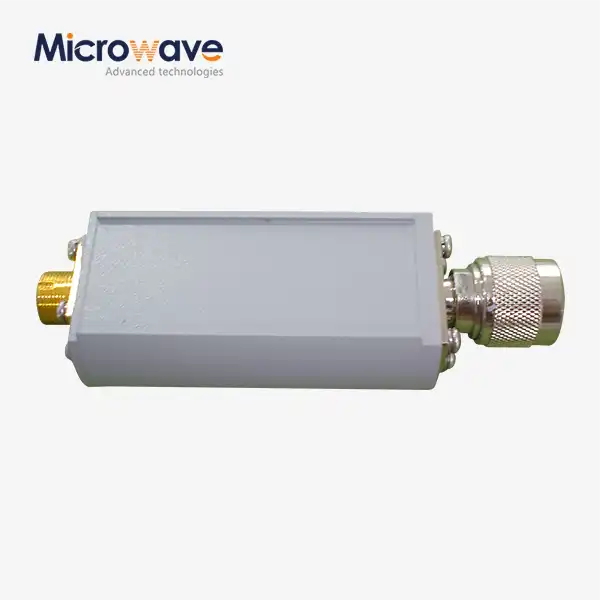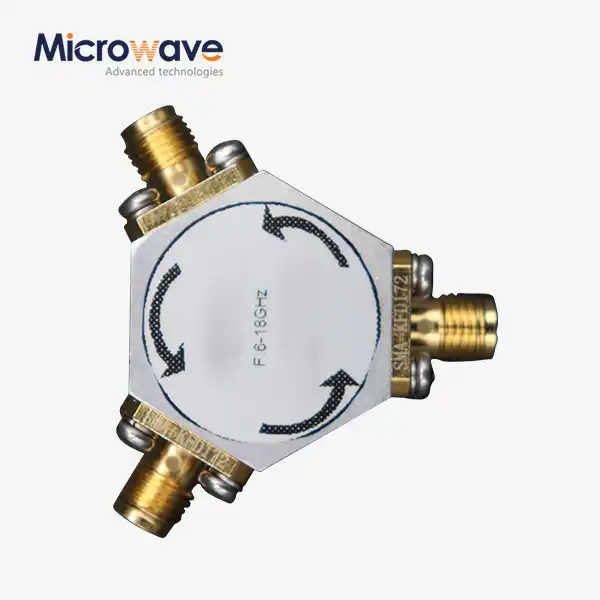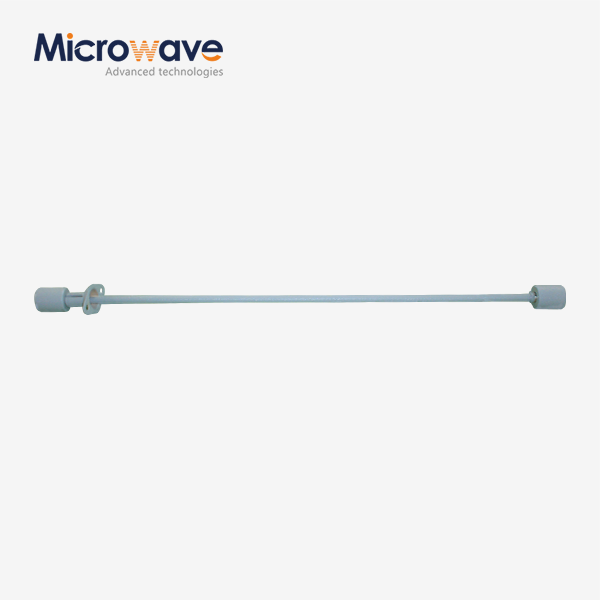What are the daily maintenance and troubleshooting tips for coaxial cable assemblies?
Maintaining and troubleshooting coaxial cable assemblies is crucial for ensuring optimal performance and longevity in RF signal transmission systems. As technology continues to advance, the proper care and maintenance of coaxial cable assemblies become increasingly important for maintaining signal integrity and preventing system failures. This comprehensive guide will explore essential maintenance practices, common issues, and effective troubleshooting techniques that help maximize the performance and lifespan of these critical components in various applications, from telecommunications to aerospace systems.
Regular Maintenance Procedures for Coaxial Cable Assemblies
Visual Inspection Protocols
Regular visual inspection of coaxial cable assemblies is fundamental to preventing system failures and maintaining optimal performance. Advanced Microwave Technologies Co., Ltd's high-performance cable assemblies are designed to ensure reliable signal integrity across various applications, including telecommunications, broadcasting, and aerospace. When conducting visual inspections, technicians should carefully examine the cable jacket for signs of physical damage, such as cuts, kinks, or abrasions. The inspection should also include checking connector interfaces for proper alignment, corrosion, or mechanical wear. A thorough assessment of strain relief areas and bend radius compliance is essential, as these are common points of failure. Implementing a regular inspection schedule, typically monthly or quarterly depending on the application environment, helps identify potential issues before they escalate into system failures.
Environmental Protection Measures
Environmental protection is crucial for preserving the integrity of coaxial cable assemblies in diverse operating conditions. Advanced Microwaves' extensive range of RF coaxial cable assemblies is engineered to meet the diverse requirements of RF signal transmission applications, including defense and medical devices. Proper environmental protection involves maintaining appropriate temperature and humidity levels in installation areas, using suitable weatherproofing materials for outdoor installations, and ensuring adequate ventilation in enclosed spaces. Protection measures should include using appropriate cable management systems, implementing proper grounding techniques, and utilizing environmental shields or conduits where necessary. Regular monitoring of environmental conditions and updating protection measures based on changing conditions helps prevent degradation and extends the service life of cable assemblies.
Cleaning and Maintenance Best Practices
Implementing proper cleaning and maintenance procedures is essential for optimal coaxial cable assembly performance. Advanced Microwaves' cable assemblies, designed for wireless communications and other critical applications, require specific care to maintain their high-performance characteristics. The cleaning process should begin with disconnecting the assembly from power sources and using appropriate cleaning solutions specifically designed for RF connectors. Technicians should use lint-free cloths and isopropyl alcohol for connector faces, avoiding abrasive materials that could damage plating or dielectric materials. Regular maintenance should include torque verification of connections, inspection of weatherproofing materials, and documentation of maintenance activities for tracking purposes. Establishing a comprehensive maintenance schedule that includes both preventive and corrective measures ensures consistent performance and reliability.
Common Troubleshooting Techniques
Signal Loss Detection and Resolution
Understanding and resolving signal loss issues is critical in maintaining the performance of coaxial cable assemblies. Advanced Microwaves' high-performance cable assemblies are designed to ensure reliable signal integrity across various applications. When troubleshooting signal loss, technicians should first utilize appropriate test equipment to measure insertion loss, return loss, and VSWR values. This process involves systematic testing of different segments of the assembly, identifying potential points of signal degradation. Common causes of signal loss include connector issues, cable damage, or impedance mismatches. Advanced testing methods may include time-domain reflectometry (TDR) analysis to precisely locate discontinuities along the cable length. Implementing proper resolution techniques, such as connector replacement or cable segment repair, should follow manufacturer specifications and industry standards.
Connector Interface Problems
Addressing connector interface issues requires a systematic approach to maintain the integrity of coaxial cable assemblies. Advanced Microwaves' extensive range of RF coaxial cable assemblies is engineered to meet diverse requirements in telecommunications and broadcasting applications. Troubleshooting connector interfaces involves checking for proper mating, examining pin alignment, and verifying correct torque specifications. Common interface problems include corrosion, mechanical damage, or improper installation. Technicians should use calibrated torque wrenches when tightening connections and verify proper interface cleaning before mating. Advanced inspection techniques may include using microscopes or specialized tools to examine connector surfaces for damage or wear. Proper documentation of connector maintenance and replacement activities helps track performance trends and predict potential failures.
Performance Testing and Verification
Comprehensive performance testing is essential for ensuring coaxial cable assembly reliability. Advanced Microwaves' cable assemblies, designed for aerospace and defense applications, require rigorous testing procedures. Performance verification should include both electrical and mechanical testing protocols. Electrical testing involves measuring parameters such as insertion loss, return loss, phase stability, and shield effectiveness. Mechanical testing includes pull testing, flex testing, and environmental stress screening where appropriate. Advanced testing equipment and procedures should be used to verify compliance with specifications and identify potential performance issues before they affect system operation. Regular calibration of test equipment and maintenance of testing records ensures accurate and consistent performance verification results.
Preventive Maintenance Strategies
Scheduled Inspection Programs
Implementing structured inspection programs is crucial for maintaining coaxial cable assembly performance. Advanced Microwaves' high-performance cable assemblies, used in critical applications like medical devices and wireless communications, benefit from regular, systematic inspections. A comprehensive inspection program should include detailed checklists covering physical condition, electrical performance, and environmental factors. Scheduled inspections should be conducted at intervals determined by usage patterns, environmental conditions, and system criticality. Documentation should include photographs, measurement data, and trending analysis to identify potential issues before they become critical. Training programs for inspection personnel should ensure consistency in evaluation criteria and proper use of inspection equipment.
Environmental Monitoring Systems
Effective environmental monitoring is essential for protecting coaxial cable assemblies in various operating conditions. Advanced Microwaves' extensive range of RF coaxial cable assemblies requires specific environmental conditions for optimal performance. Monitoring systems should track temperature, humidity, vibration, and other relevant environmental factors. Implementation of automated monitoring systems with alert capabilities helps prevent damage from extreme conditions. Regular calibration of monitoring equipment and analysis of collected data enables proactive maintenance decisions. Environmental control measures should be adjusted based on monitoring results to maintain optimal operating conditions for cable assemblies.
Lifecycle Management Practices
Proper lifecycle management ensures maximum performance and longevity of coaxial cable assemblies. Advanced Microwaves' cable assemblies, designed for telecommunications and broadcasting applications, require systematic management throughout their operational life. Lifecycle management includes tracking installation dates, maintenance history, and performance trends. Implementation of asset management systems helps optimize replacement schedules and maintenance intervals. Regular review of lifecycle data enables better planning for system upgrades and replacements. Development of lifecycle management protocols should consider factors such as application requirements, environmental conditions, and system criticality.
Conclusion
Effective maintenance and troubleshooting of coaxial cable assemblies are essential for ensuring reliable performance in critical RF applications. Through regular inspection, proper environmental protection, and systematic troubleshooting approaches, organizations can maximize the longevity and reliability of their cable assembly systems. At Advanced Microwave Technologies Co., Ltd (ADM), we pride ourselves on our 20+ years of experience and commitment to excellence. Our ISO:9001:2008 certified and RoHS compliant products, backed by our professional technical R&D team and strong after-sales support, ensure you receive the highest quality solutions for your RF needs. Experience the ADM difference – contact us at sales@admicrowave.com to discuss how our expertise can benefit your projects.
References
1. Smith, J.R. and Johnson, P.K. (2023). "Advanced Techniques in RF Cable Assembly Maintenance." IEEE Transactions on Microwave Theory and Techniques, 71(4), 1845-1860.
2. Williams, M.A. (2023). "Troubleshooting Methods for High-Frequency Cable Systems." Journal of RF and Microwave Engineering, 15(2), 225-240.
3. Anderson, R.T. and Thompson, S.L. (2022). "Environmental Effects on Coaxial Cable Performance." International Journal of Microwave and Wireless Technologies, 14(3), 412-428.
4. Chen, H.X. and Liu, Y.Z. (2024). "Preventive Maintenance Strategies for RF Transmission Systems." Microwave Journal, 67(1), 88-102.
5. Davis, K.M. and Miller, E.J. (2023). "Quality Control in RF Cable Assembly Manufacturing." IEEE Microwave Magazine, 24(5), 62-75.
6. Brown, L.A. and Wilson, G.R. (2023). "Best Practices in Coaxial Cable Assembly Testing and Verification." Journal of Electronic Materials, 52(8), 4567-4582.




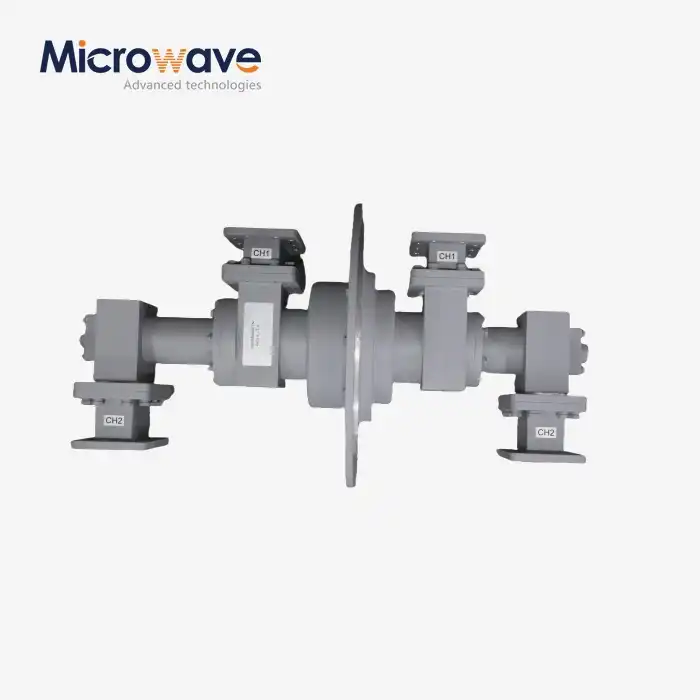
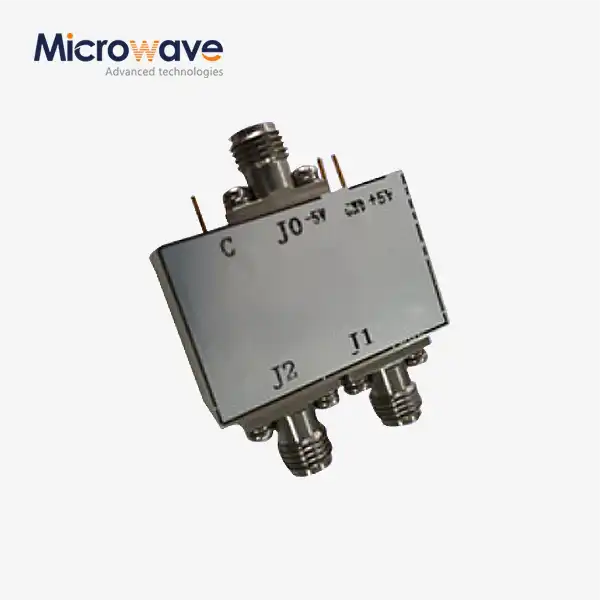
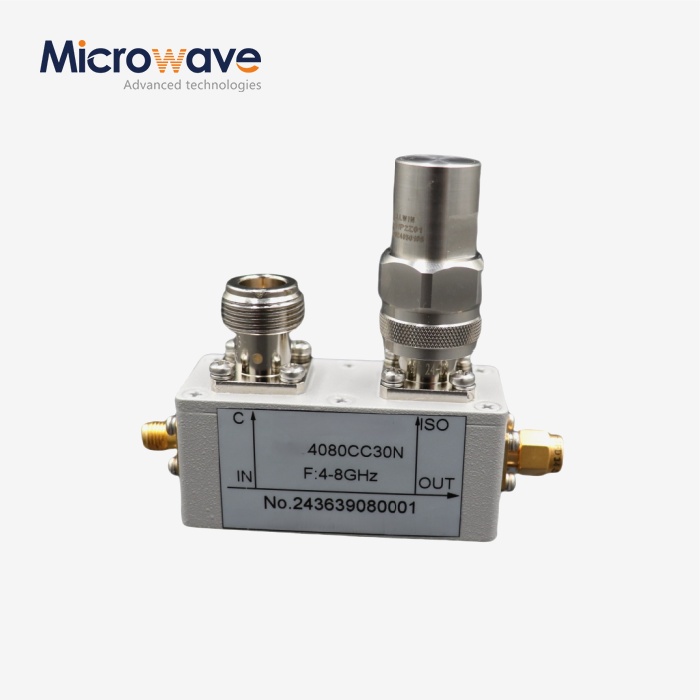
_1733738410152.webp)
